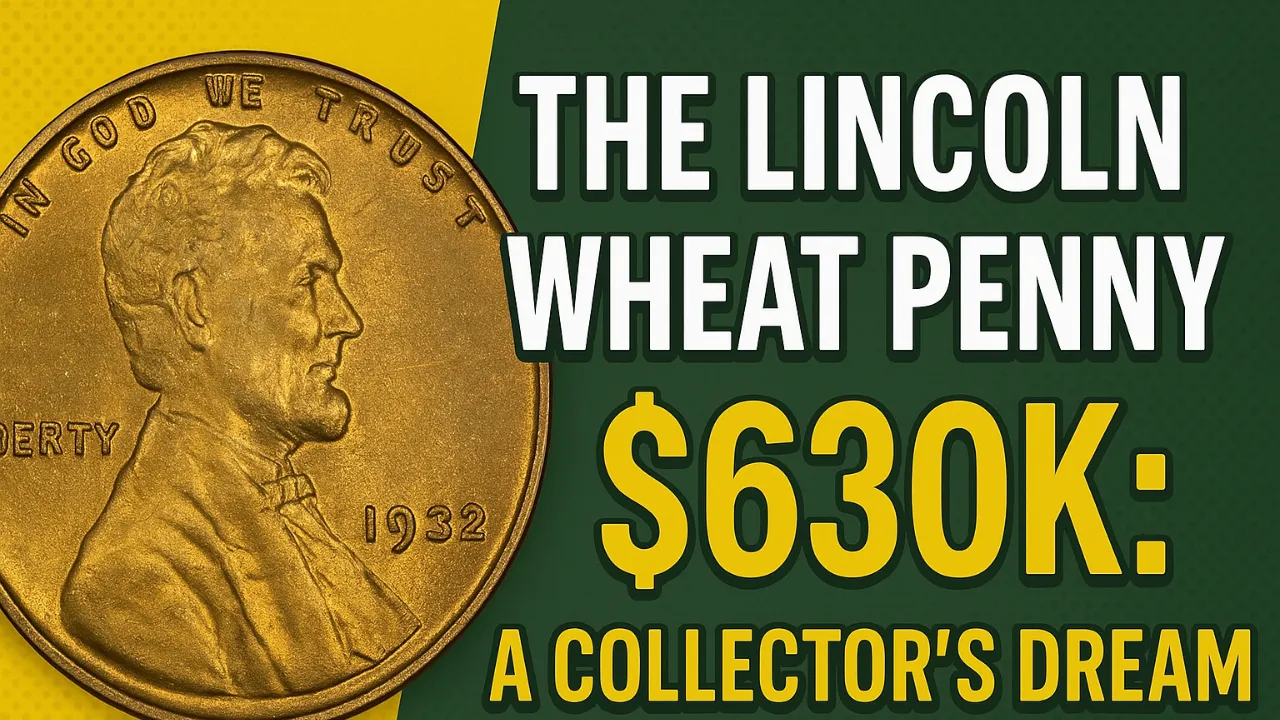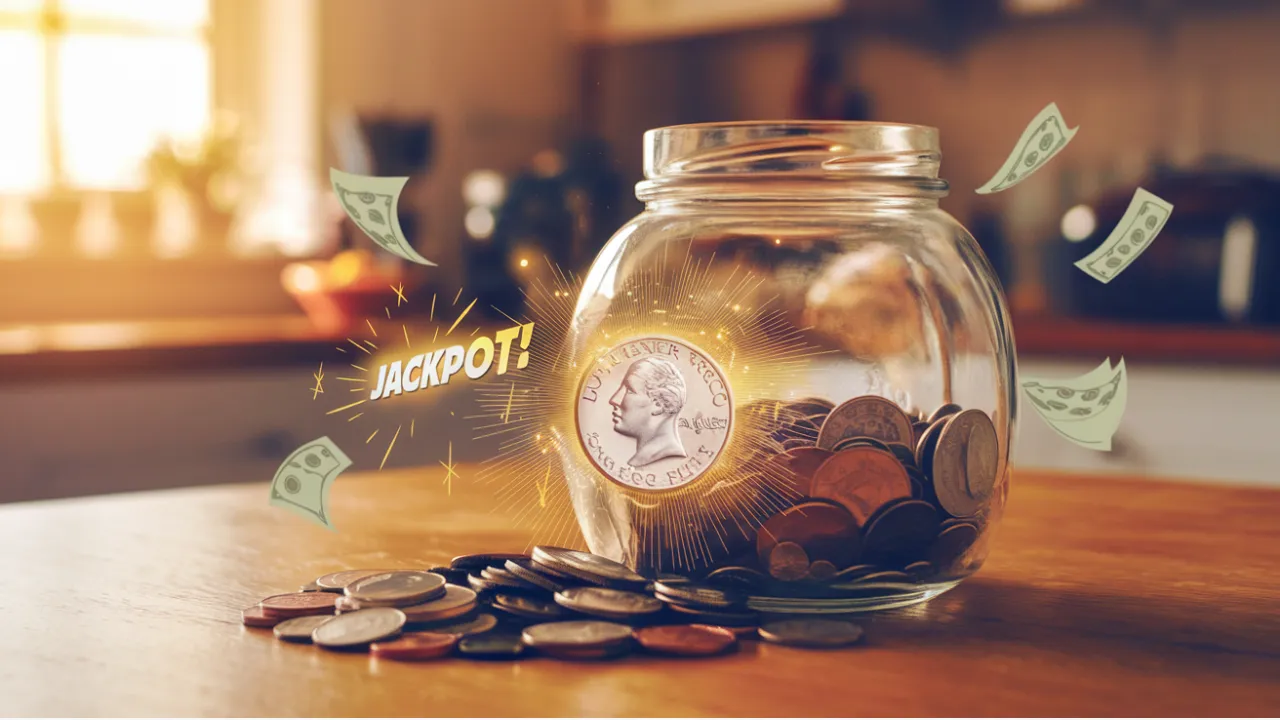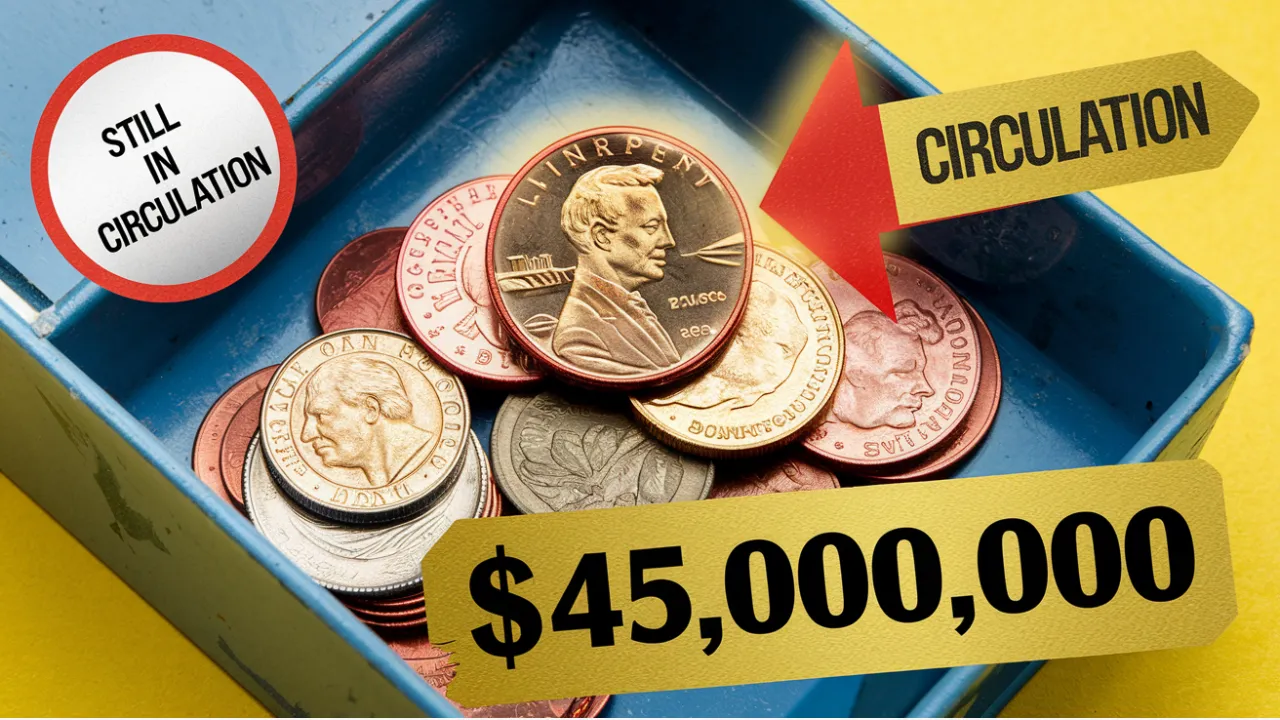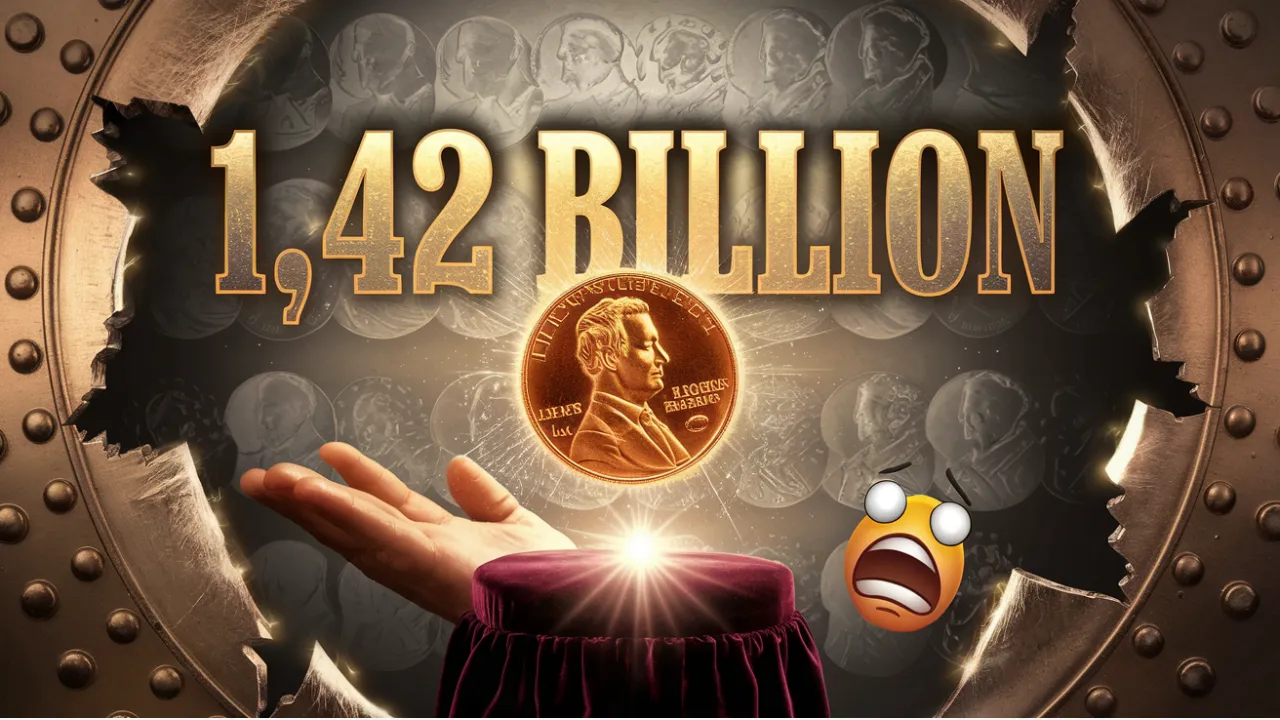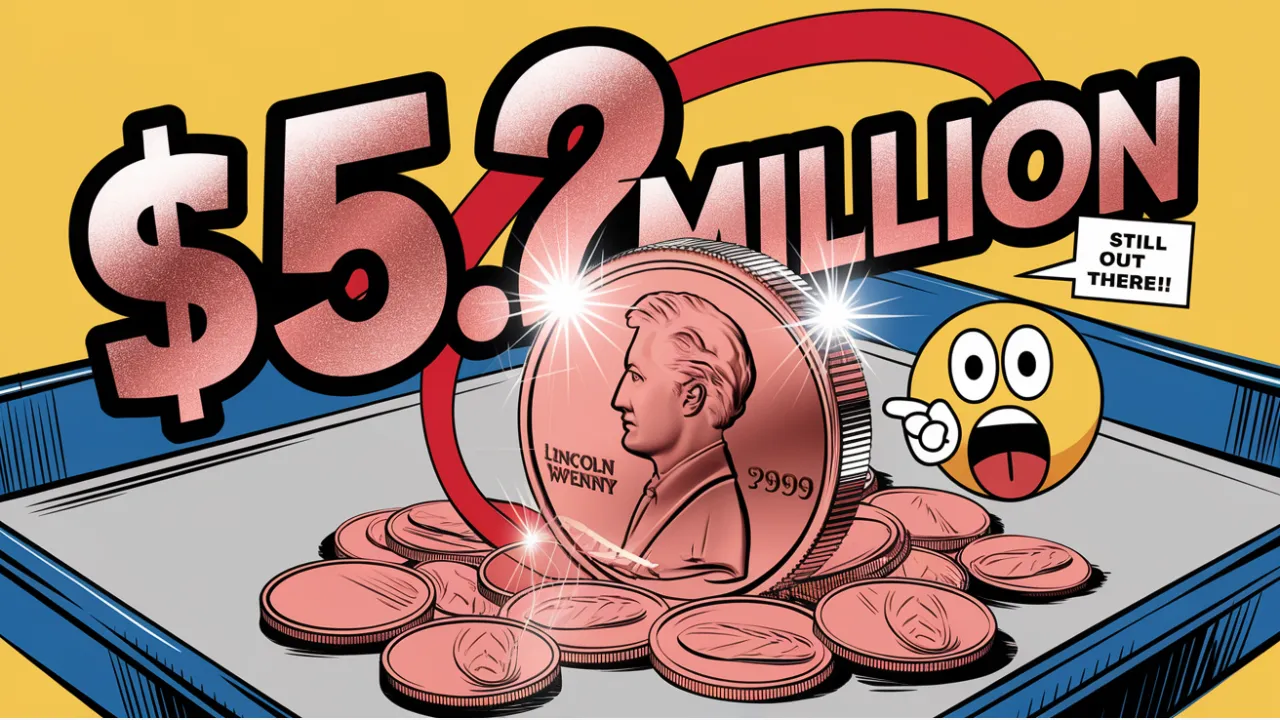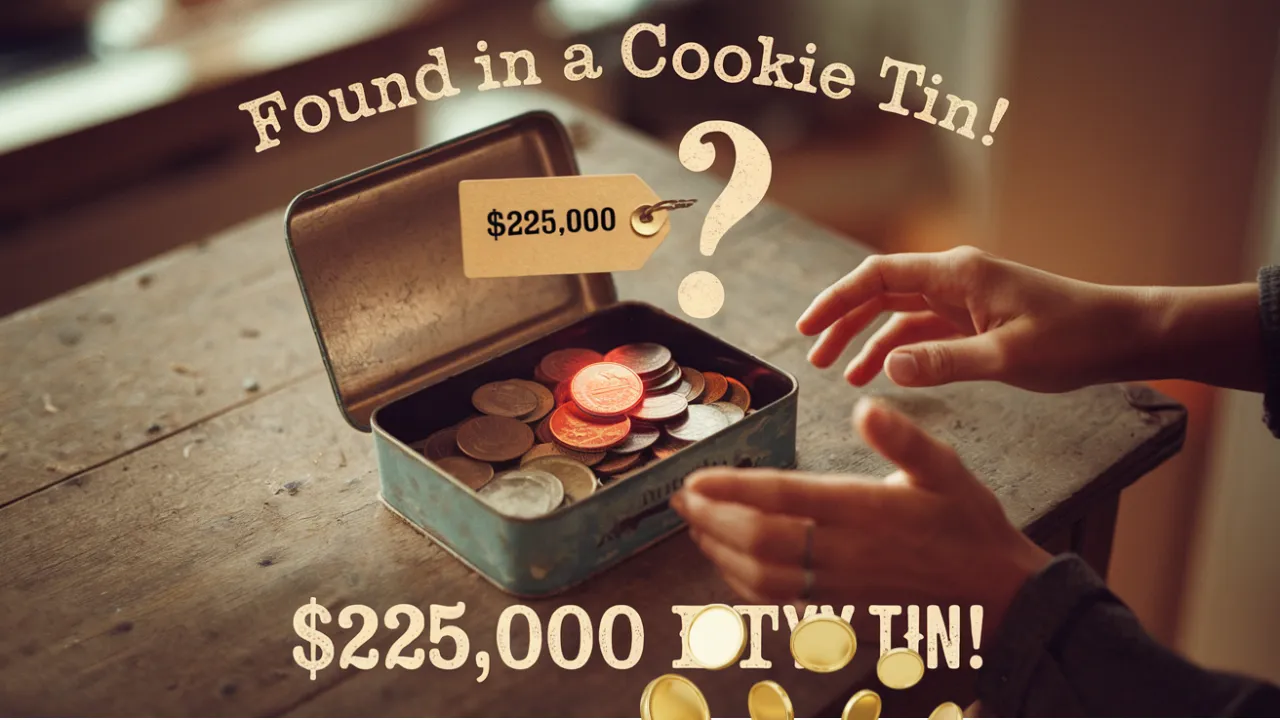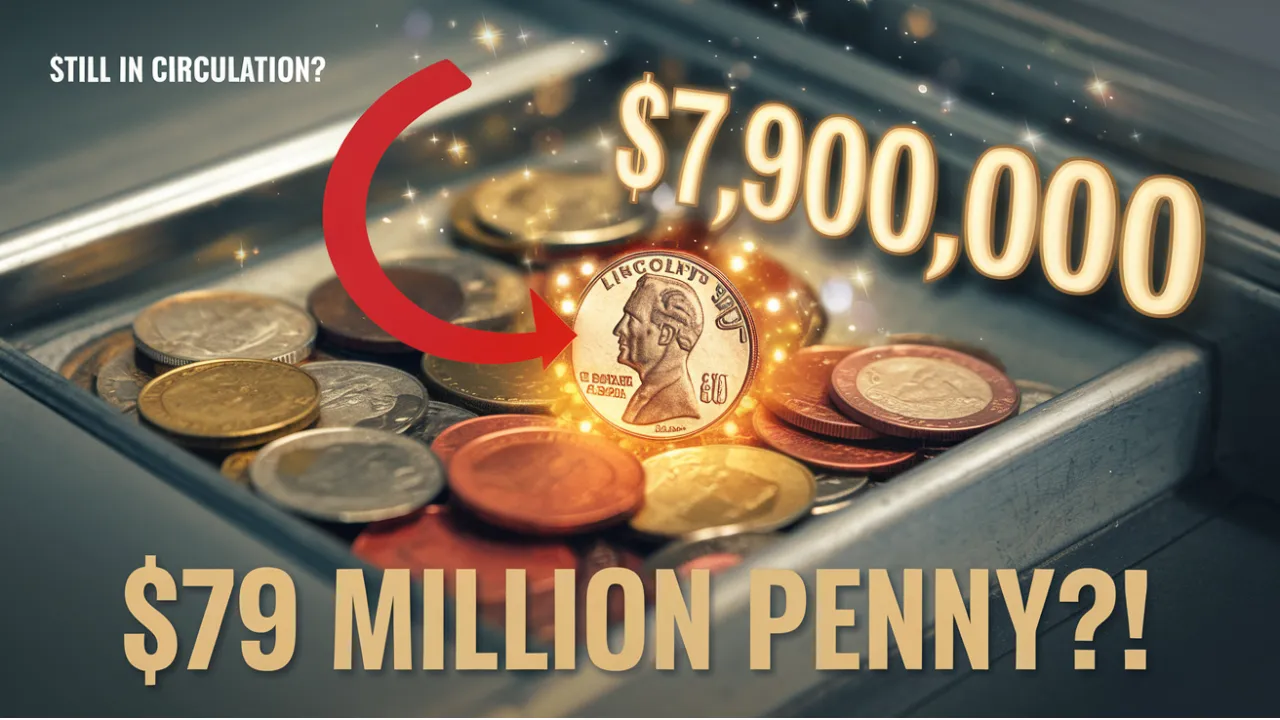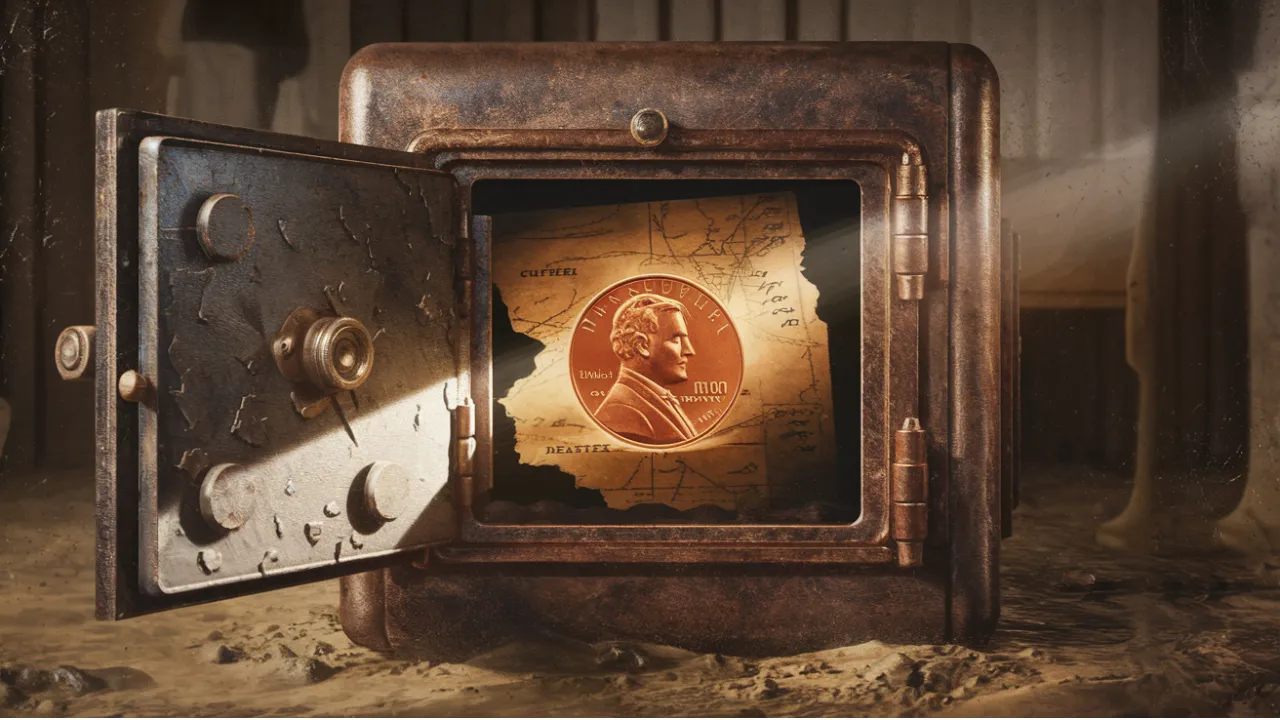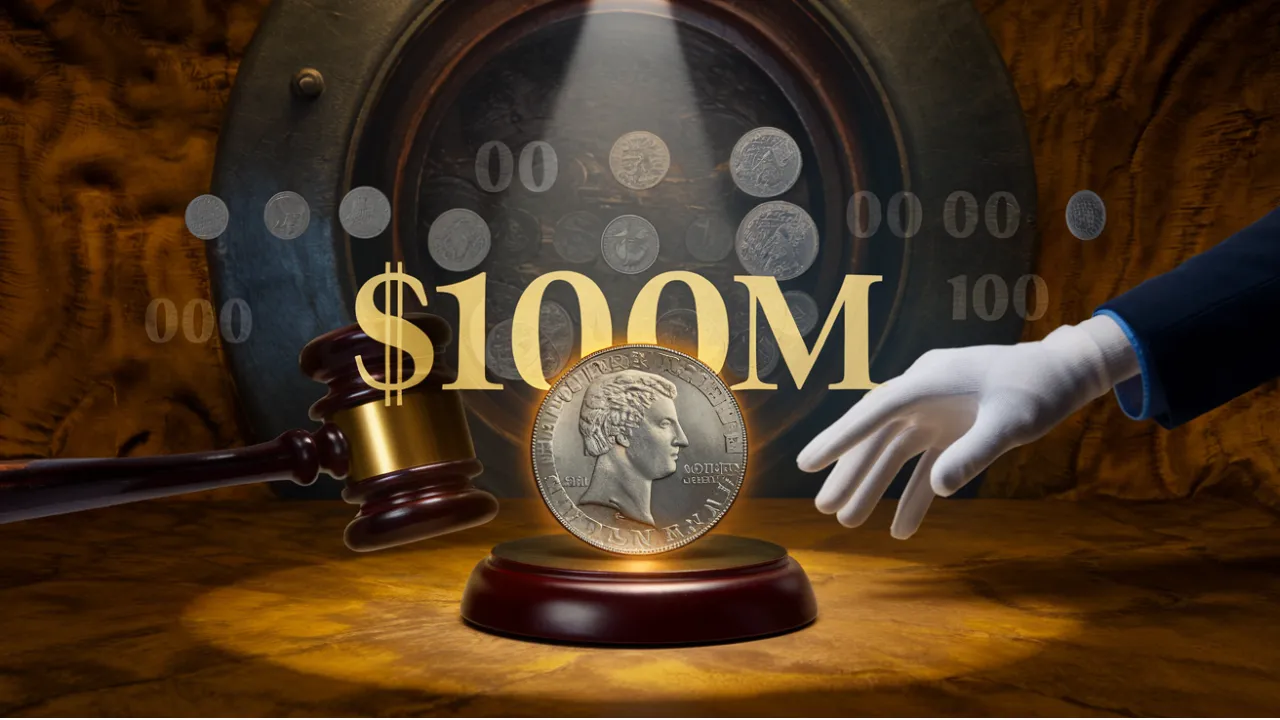The Lincoln Wheat Penny Valued at $630K: The Lincoln Wheat Penny, an unassuming coin from America’s past, holds a mystique that has captivated collectors and history buffs alike. While most Wheat Pennies are worth just a few cents, some rare variants—like the remarkable 1943 Copper Penny—have reached legendary status. Selling for up to $630,000, this penny is a testament to the unexpected treasures hiding in plain sight.
In this article, we’ll explore the history of the Lincoln Wheat Penny, the unique circumstances that made certain versions so valuable, and how you might identify one of these rare coins in your own collection or pocket change.
Quick Facts About the Lincoln Wheat Penny
| Aspect | Details |
| First Issued | 1909, commemorating Lincoln’s 100th birthday |
| Design | Obverse: Lincoln’s profile; Reverse: Two wheat stalks |
| Production Ended | 1958, replaced by the Lincoln Memorial Penny |
| Rarest Version | 1943 Copper Penny |
| Key Identifying Feature | Reddish-brown color and non-magnetic properties |
| Value | Common variants: a few cents to dollars; rare coins: up to $630,000 |
| Historical Significance | Reflects American innovation during wartime |
The Origins of the Lincoln Wheat Penny
The Lincoln Wheat Penny was first introduced in 1909 to celebrate the centennial of Abraham Lincoln’s birth. This coin was groundbreaking as the first U.S. currency to feature the portrait of an actual person, signifying Lincoln’s enduring legacy in American culture.
Designed by Victor David Brenner, the coin’s obverse showcases a detailed profile of Lincoln, while the reverse features two wheat stalks symbolizing growth and prosperity. This classic design remained in circulation until 1958 when it was replaced by the Lincoln Memorial design.
What Makes the 1943 Copper Penny So Special?
The 1943 Copper Penny is not just any coin; it’s an anomaly born out of necessity and error. During World War II, copper was a critical resource for producing ammunition and military equipment. To conserve copper, the U.S. Mint shifted penny production to steel coated with zinc. However, a small number of copper planchets were accidentally used in 1943, resulting in one of the most sought-after error coins in history.
Key Features of the 1943 Copper Penny
To spot this rare gem, look for these distinguishing features:
- Color: A reddish-brown hue instead of the standard gray steel.
- Weight: Copper pennies weigh 3.11 grams, compared to 2.7 grams for steel.
- Magnetic Properties: A simple magnet test can confirm authenticity—copper is not magnetic, while steel is.
Why Is the 1943 Copper Penny Worth $630,000?
The extraordinary value of the 1943 Copper Penny stems from its rarity and historical significance. Out of billions of pennies minted in 1943, only a handful were struck on copper planchets. Their scarcity and the story behind their accidental production have turned them into priceless artifacts for collectors.
In recent years, authenticated specimens have fetched hundreds of thousands of dollars at auctions, with the most pristine examples reaching the $630,000 mark.
Other Valuable Lincoln Wheat Pennies
While the 1943 Copper Penny is the most famous, other rare Lincoln Wheat Pennies are also highly collectible.
- 1909-S VDB Penny: This first-year issue bears the initials of its designer, Victor David Brenner, and was minted in limited quantities, making it a prized possession.
- Doubled Die Errors: Coins with minting errors, like doubled text or images, can command high prices.
These examples show that the Lincoln Wheat Penny series offers a treasure trove of opportunities for collectors.
How Rare Pennies Can Still Be Found in Circulation
Despite their rarity, some valuable Lincoln Wheat Pennies remain in circulation. While many have been secured by collectors, the chance of finding one in loose change adds an exciting element of surprise to everyday life.
To improve your chances, keep an eye out for older pennies, especially those from the 1940s and 1950s. A trained eye and a little persistence could lead to a rewarding discovery.
Tips for Collecting and Preserving Lincoln Wheat Pennies
If you’re interested in collecting Lincoln Wheat Pennies, here are some tips to get started:
- Inspect Your Change: Regularly check coins from everyday transactions.
- Use a Magnet: For potential 1943 Copper Pennies, a quick magnet test can save time.
- Get Professional Appraisals: Rare coins should be authenticated and graded by services like PCGS or NGC.
- Store Properly: Use coin holders or albums to protect your collection from damage.
Investing in proper care ensures your collection retains its value over time.
FAQs About the Lincoln Wheat Penny
Q1: What makes a Lincoln Wheat Penny valuable?
Rarity, historical significance, and unique features like minting errors contribute to a Wheat Penny’s value.
Q2: How can I identify a rare 1943 Copper Penny?
Look for a reddish-brown color, a weight of 3.11 grams, and non-magnetic properties.
Q3: What is the most expensive Lincoln Wheat Penny ever sold?
A 1943 Copper Penny fetched an astonishing $630,000 at auction.
Q4: Are there any other valuable pennies from the series?
Yes, coins like the 1909-S VDB Penny and those with doubled die errors are highly sought after.
Q5: Where should I have my coins appraised?
Trusted grading services like PCGS or NGC can provide professional appraisals and authentication.
Why the Lincoln Wheat Penny Matters
The Lincoln Wheat Penny is more than a collectible—it’s a symbol of America’s ingenuity and resilience. From its origins in 1909 to its unique role in wartime conservation efforts, this coin tells a story that resonates with history enthusiasts and collectors alike.
The 1943 Copper Penny, in particular, exemplifies how a small error can create a monumental legacy. With its rarity and fascinating backstory, it continues to inspire treasure hunters and numismatists around the world.
Final Thoughts
The allure of the Lincoln Wheat Penny lies not only in its potential value but in its ability to connect us with the past. Whether you’re searching for a $630,000 copper treasure or simply appreciating its historical significance, this iconic coin remains a timeless piece of Americana.
Start exploring your change today—you never know what valuable discoveries might be waiting. If you’ve found an interesting coin or want to learn more, share your story in the comments. And don’t forget to spread the word about this remarkable piece of history!
